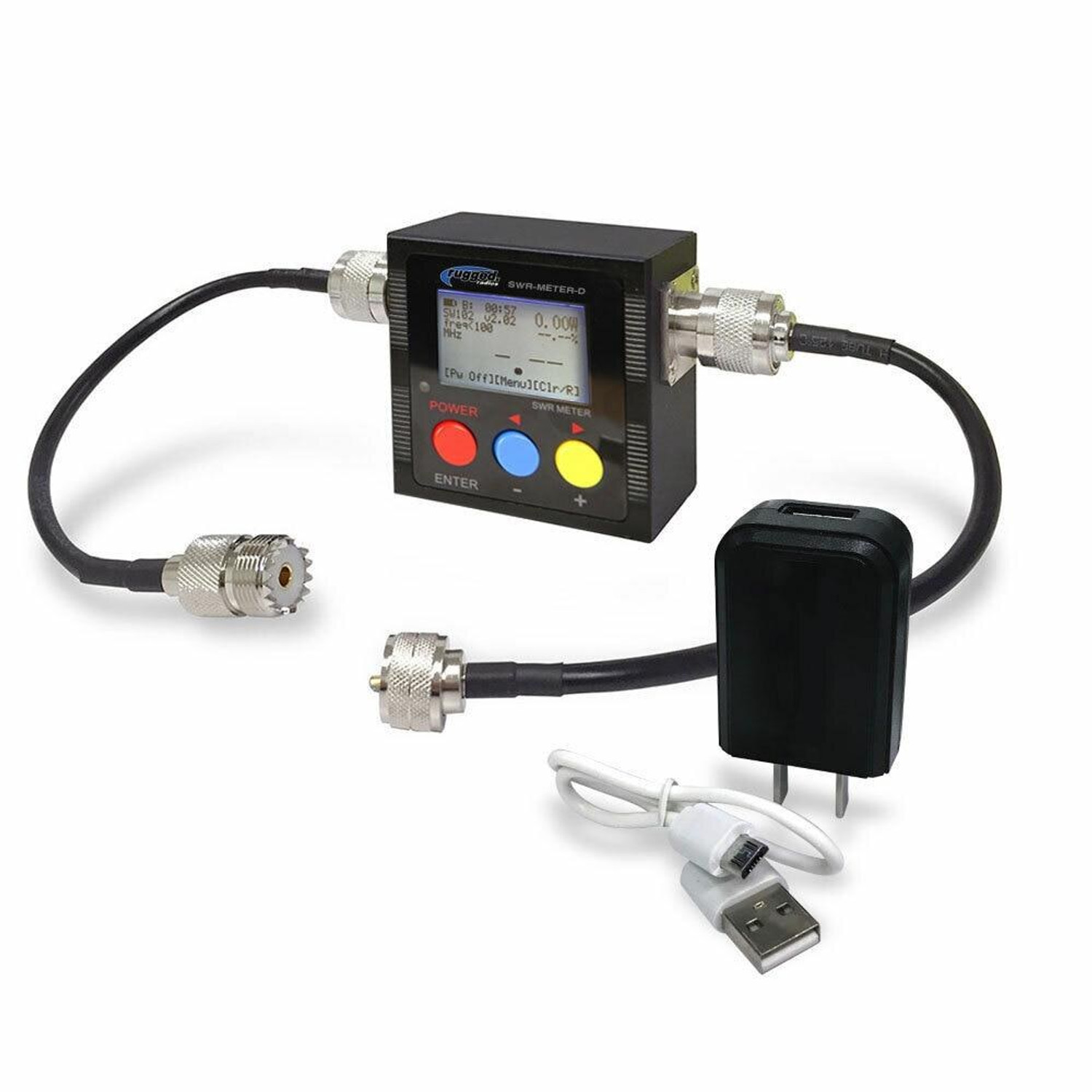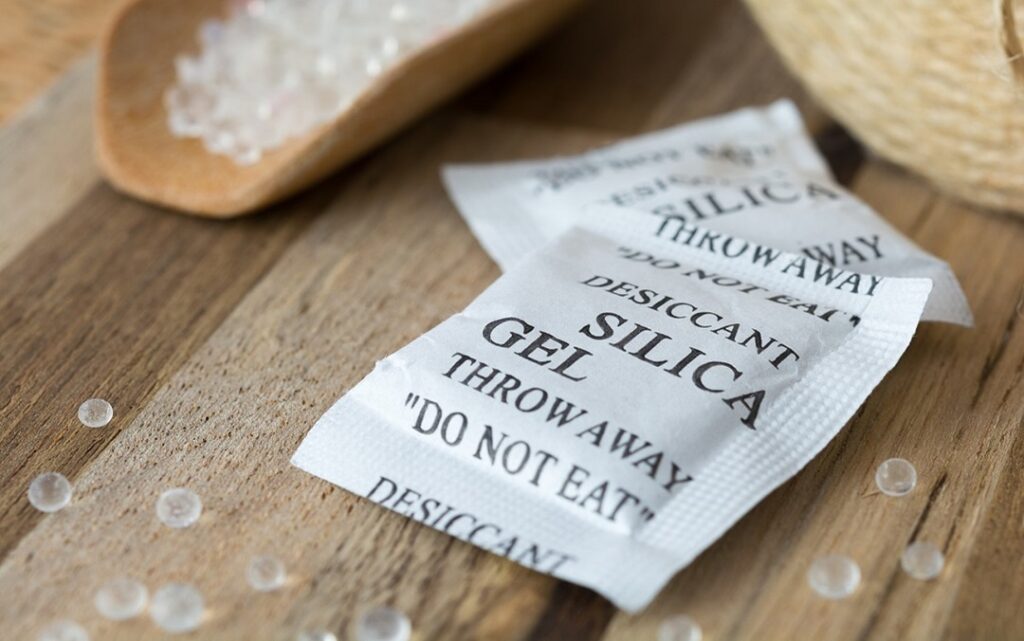Your cart is currently empty!
Category: SWR Meter
-

Preventing Water Damage to Your Antenna and SWR Meter
For amateur radio enthusiasts and CB radio operators, maintaining a clear and strong signal is paramount. This relies heavily on two critical pieces of equipment: your antenna and your SWR meter. While we often focus on their technical performance, a silent threat can quietly degrade both: water. Moisture intrusion, particularly at the vulnerable connection points between your antenna mount and your SWR meter, can lead to inaccurate readings, signal loss, and costly equipment failure. Protecting these components isn’t just about performance—it’s about safeguarding your investment and ensuring years of reliable communication.
Protecting Your Antenna’s Connection Points

Your antenna’s connection points are the first line of defense against the elements. The coaxial cable connector at the antenna base is constantly exposed to rain, snow, and humidity. When water seeps into these connections, it initiates corrosion on the metal surfaces. This corrosion creates a high-resistance path that disrupts the RF signal traveling to and from your antenna. The result is decreased performance, higher SWR readings, and potentially permanent damage to the connector itself.
The most effective and affordable way to prevent this is by using high-quality coax seal tape or butyl rubber tape. This stretchy, malleable tape is specifically designed for weatherproofing electrical connections.
How to use:
- Ensure the connector is hand-tight plus a quarter turn with a wrench for a solid mechanical connection.
- Stretch the tape and wrap it tightly around the connector and the cable itself, working up the cable to create a watertight seal.
Recommended Product:
For an even more robust solution, consider heat shrink tubing with internal sealant. When heated, it shrinks to form a tight seal while the adhesive melts to encapsulate the connection, blocking moisture. Combine this with a UV-resistant coaxial drip loop, a simple slack loop in the cable installed just before entry into your vehicle or house, which forces water to drip off the bottom of the loop instead of traveling along the cable.
Recommended Product:
Safeguarding Your SWR Meter from Moisture

While your antenna is outside, your SWR meter is also highly susceptible to moisture damage, often via the coaxial cables themselves. Water can travel along the inside of the coaxial braid, a phenomenon called “cable wicking,” and seep into your SWR meter, causing inaccurate readings, internal corrosion, and complete meter failure.
Prevention Tips:
- Seal all outdoor connections as previously described.
- Avoid placing a cool SWR meter in a warm, humid environment, which can cause condensation inside the unit.
- Ensure PL-259 connectors are properly soldered and crimped.
- Use rubber port cover caps to protect unused meter ports.
- For meters in enclosed spaces, a small packet of silica gel desiccant helps control humidity.
Recommended Products:
A little preventative maintenance goes a long way in radio operation. By properly sealing your antenna’s connection points and managing your SWR meter’s environment, you effectively block moisture. These simple, low-cost steps will ensure your equipment provides accurate readings and optimal performance for years to come. Remember: a dry connection is a clear connection.
Amazon Affiliate Disclosure
Some of the links in this article are affiliate links. This means that at no extra cost to you, I may earn a small commission if you click through and make a purchase. This helps support the site and allows me to continue creating content like this. I only recommend products that I believe are high-quality and valuable for my readers.